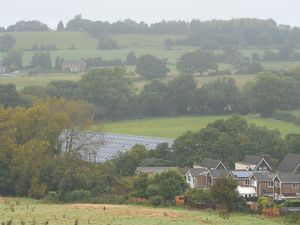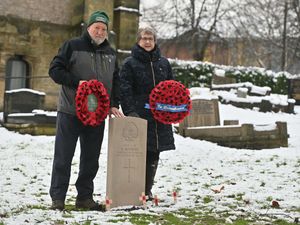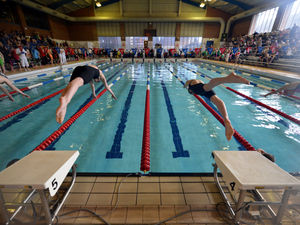Is our green and pleasant land up for grabs?
If England was an independent country, it would arguably be the most the densely populated one in Europe.

And within England, the Black Country is arguably one of the most densely populated regions.
It can be safe to say then, with this analysis, that the Black Country is one of the most heavily populated areas in the continent.
It forms part of the giant urban sprawl of the West Midlands.
This must mean its green parks and open spaces are rather precious for both people and wildlife, where they are tucked away within the highways and buildings of the region.
But some of these places could be lost over the next two decades as new industries and businesses are needed to meet the growing demand for jobs in the Black Country as the population soars.
Being heavily built up, space may be hard to come by, meaning green belt could get released to make way for these new industries.
This is just an option at this stage, but it is an important question being asked of the public.
A public consultation has been launched by the Black Country Core Strategy - a team run by the four Black Country councils - asking if green belt should be released to accommodate new industries.
This council-led team are planning where new homes and industries should go over the coming decades.
The feedback will help council leaders to shape the future of the region.
Council leaders say it is unlikely that this could happen, but if no body were to take part in the consolation, it could give future developers the mandate to do so.
Dudley Council leader Patrick Harley said: "It is very unlikely that green belt that would be built on.
"But the decision will be done by future generations. What the core strategy is about is turning around and having a grown-up conversation.
"I'm sure we will run out of brownfield sites, but we have got enough to serve us for the next 20 to 30 years.
"Will we use green belt? It will be for future generations to decide.
"If nobody takes part in the consultation, the planners and developers in the future we can do that do that. I would encourage people to take part."
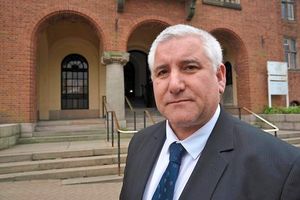
The core strategy needs to find around 300 rugby pitches, or 300 hectares, of land to build new industries over the next 20 years until 2036.
Developers will prioritise using brownfield sites, but Councillor Harley added: "Clearly at some point in the coming decades we are going to run out of these kind of sites as our population and our economy continues to grow."
Part of the core strategy's plan looks at developing new homes. Leaders behind the group say 80,000 new homes are needed in the region in the next 20 years.
However 60,000 have already earmarked - meaning there are around 20,000 plots left to find as the populations continues to multiply.
But there is a 'housing crisis' that is currently ongoing, said Andi Mohr, chairman of the Green Party in Dudley, who believes it is important to build new houses for people - even though building on green belt should be a last resort.
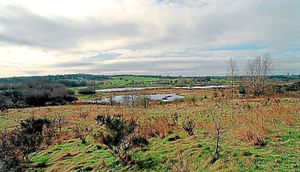
He said: "Our green spaces are precious, they provide a welcome breathing space for people to relax, play and exercise as well as being absolutely vital habitats for wildlife. Developing on green spaces should be an absolute last resort.
"Everybody agrees that building on green belt should be a last resort, but we have a housing crisis, so we do need to have a grown up conversation about how to tackle the problem and build more homes and industrial sites.
"The Black Country is frustratingly under-served with poor public transport and creaking services making life difficult for many.
"Building more homes and offices isn't a problem in itself, but trying to plonk them down wherever there's a gap, on the cheap - without investing in local infrastructure - is a recipe for disaster.
"There is an urgent housing crisis that we have to tackle.
"But we don't just need more homes, we need more affordable homes - and we don't just need more of the same low-skill, low-pay jobs - we need good jobs that pay a decent wage.
"Sadly, without significantly more public investment to make sure affordable homes are actually built, to ensure transport connections are much improved and that quality employment opportunities are created, these plans seem destined to fail."
Statistics from the 2011 census of the country showed that there was 407 people per square kilometre in England. But this has likely increased since then.
Ian Carroll, who is member of the group Friends of the nearby Sheepwash Nature Reserve, based in Tipton, has campaigned at a local level to stop Sandwell Council from building hundred of homes on a former dump, called Rattlechain Lagoon, in Tipton.


